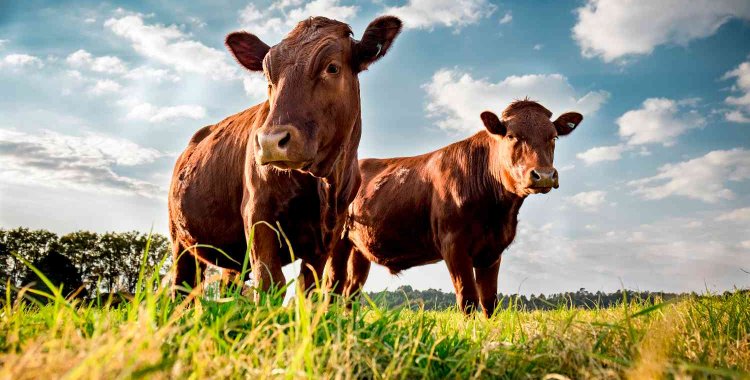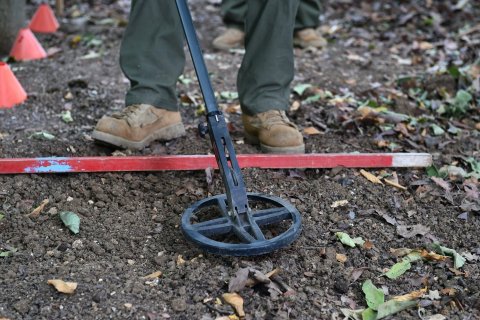"One of the most promising sectors with the most potential is agribusiness. There are currently a combination of factors that make it one of the most profitable bets for investment in Angola", says the group of Angolan and Portuguese academics that make up that entity in a report to which Lusa had access.
It is, according to the researchers, a sector in which Angola "has more competitive advantages to diversify the economy, being able to become the new 'oil'".
For this to be the case, "it is essential" to follow a development plan, in which "the State has a driving role and the private sector, national and foreign, will be the major player, alongside small farmers", the document states.
The first fundamental rule for this strategy to work is the "clear and legal definition of the property rights of each person or in the case of collective properties or belonging to villages or clans, their specificity and transparent attribution of rights and duties".
The second is the adaptation of the administrative machinery "with the abolition of administrative and bureaucratic obstacles associated with the registration and issuance of commercial licenses".
The plan presented in the document foresees the cultivation of 836,866 hectares and 3.9 million hectares for pastures, with an additional production in the amount of 2.5 to 4 billion dollars.
The development of this plan goes through three axes: privatization, family farming and the establishment of large farms.
The “success of the plan” implies the economic diversification of the country, totally dependent on oil, the creation of new jobs and businesses, the fixation of rural populations and the qualification of the workforce, which implies less rural exodus and consequent reduction of pressure on urban infrastructure.
In order to reverse the trade balance with regard to meat, it will be necessary to introduce 3.8 million head of cattle, with genetics aimed at tropical pastures and good reproductive rates in the tropical climate.
To meet its current demand for milk, Angola needs 56 farms with a production capacity of 10,000 liters each day, with intensive production, at an estimated cost, per farm of six million euros, for a total investment of US $ 385 million .
With regard to chicken meat, the most consumed in Angola, with a consumption of 8.3 kg / inhabitant / year, to suppress imports, the country needs to slaughter 448,025 chickens a day, with a structure for breeding 2400 vessels 800 square meters for breeding, feed factory and assembled slaughterhouses.
So far, the food production sector "has not had a particular weight in the Angolan GDP, (...) which is why its growth potential is enormous".
"Angola is one of the countries in the world with the greatest potential in agriculture, with more than 40 million hectares of arable land, abundant water resources, and radiant energy throughout the year," the report reads.
The short distance to the ports (from 400 to 1000 km) and the proximity to the Asian and African market, is for Cedesa another competitive advantage of Angola in this sector, because it is "lower the freight cost", when compared to the from other countries, where agricultural areas can be 1500 kilometers from the ports.
Thus, “the key to the sector's success refers to public policy, management and the good use of agricultural technologies. And it is in this context that promising developments are emerging ”, conclude the researchers.







